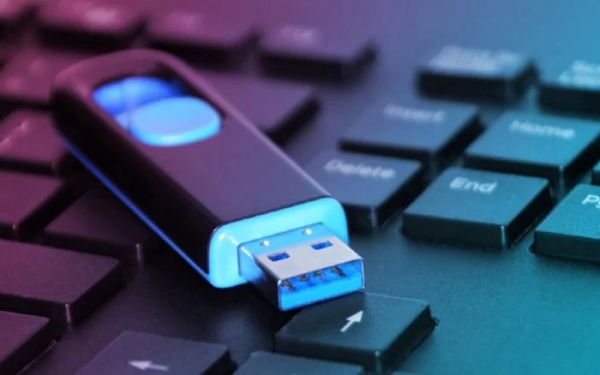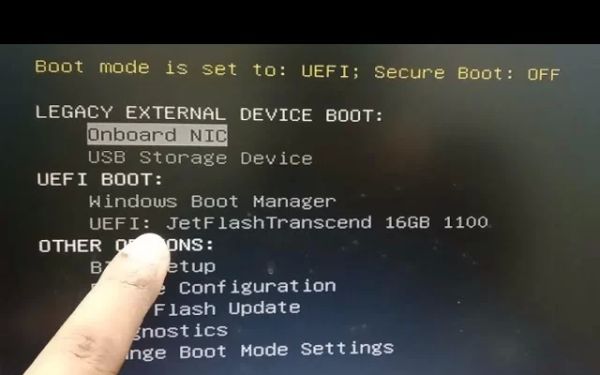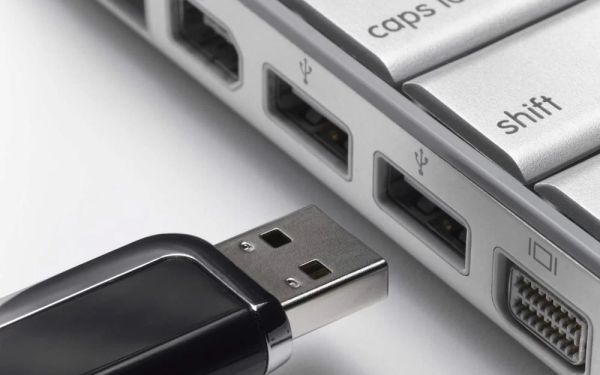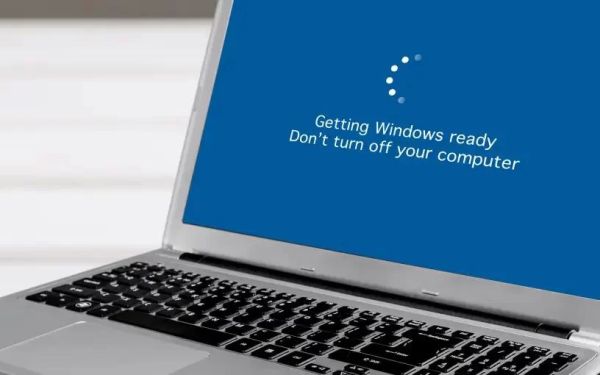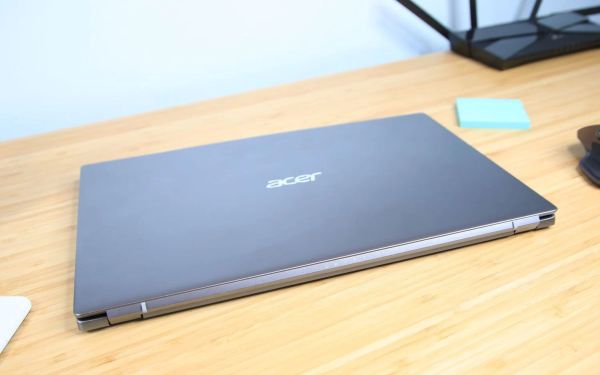Acer Notebook USB Boot Setup Guide: How to Boot from USB on Your Acer Laptop
- 1. Understanding USB Boot and Its Benefits
- 2. Preparing Your USB Device for Booting
- 3. Accessing BIOS Settings on Your Acer Notebook
- 4. Configuring Boot Order to Enable USB Boot
- 5. Troubleshooting Common USB Boot Issues
1. Understanding USB Boot and Its Benefits
USB booting is a feature that allows you to boot your Acer notebook directly from a USB flash drive instead of the built-in hard drive. This can be incredibly useful for installing operating systems, running diagnostic tools, or troubleshooting your system without relying on the internal storage. By using a USB drive to boot, you can also run portable operating systems, test software, or create a rescue disk to recover data or repair your system.
Understanding how USB booting works on your Acer notebook can open up a range of possibilities, whether you're trying to install a fresh OS or use a live USB for quick fixes. It’s also a crucial skill if you plan on performing system recovery or data backup on your device.
2. Preparing Your USB Device for Booting
Before diving into the BIOS setup, it's important to prepare your USB device. First, ensure that your USB drive is at least 4GB in size (larger is better for OS installations). You’ll also need to format the USB drive to the appropriate file system (usually FAT32 for most operating systems).
Next, download the operating system or software you want to install or boot from, such as a Linux distro or Windows installation media. Use a tool like Rufus or the Windows Media Creation Tool to create a bootable USB drive. These programs will copy the necessary files and set the USB drive up to be recognized by your Acer laptop during the boot process.
Once the USB device is ready, you’ll be able to proceed to the next steps for configuring your Acer notebook to boot from USB.
3. Accessing BIOS Settings on Your Acer Notebook
To enable USB boot on your Acer notebook, you'll need to access the BIOS settings. This is done during the initial startup process of your Acer laptop. Here's how you can access the BIOS:
- Turn off your Acer laptop completely.
- Turn it back on and immediately start pressing the F2 key repeatedly (you may need to press it several times to ensure it registers).
- This will take you to the BIOS setup utility, where you can make changes to boot settings and other system configurations.
Once you're in the BIOS, you’ll need to navigate to the boot settings to adjust the boot order and enable USB booting. This may vary slightly depending on your Acer model, but most Acer laptops have similar BIOS menus.
4. Configuring Boot Order to Enable USB Boot
Now that you’re inside the BIOS, follow these steps to configure your Acer notebook to boot from USB:
- Use the arrow keys to navigate to the Boot tab or section of the BIOS.
- Look for an option labeled "Boot Order," "Boot Sequence," or "Boot Priority."
- Set the USB device as the first boot option by highlighting the USB option and moving it to the top of the list using the on-screen instructions (usually by pressing the + or - keys).
- Save the changes and exit the BIOS by pressing F10 or following the on-screen prompts.
Your Acer laptop will now boot from the USB device first, allowing you to install or run the operating system or tools stored on the USB drive.
5. Troubleshooting Common USB Boot Issues
Sometimes, booting from a USB drive may not work as expected. Here are some common issues and how to resolve them:
- USB Not Recognized: Make sure the USB device is properly prepared and inserted into a working USB port. Try using a different USB port or reformatting the USB drive and making it bootable again.
- Incorrect Boot Order: Double-check the boot order in the BIOS settings to ensure that the USB device is set as the first boot option.
- Incompatible BIOS Version: Some older Acer laptops may not support booting from USB drives. Ensure your BIOS is updated to the latest version available on Acer’s official website.
- Corrupted Bootable USB: If the USB drive is not booting, try creating a new bootable USB using reliable software like Rufus or the official OS installer tools. If the USB drive is faulty, consider replacing it.
By following these steps, you should be able to successfully set up USB booting on your Acer notebook. Once your laptop is configured to boot from USB, you can easily install a new operating system, run diagnostic tools, or recover data without needing to rely on your internal storage. For more help and to explore high-quality products to enhance your tech setup, visit Ninja Stik.

